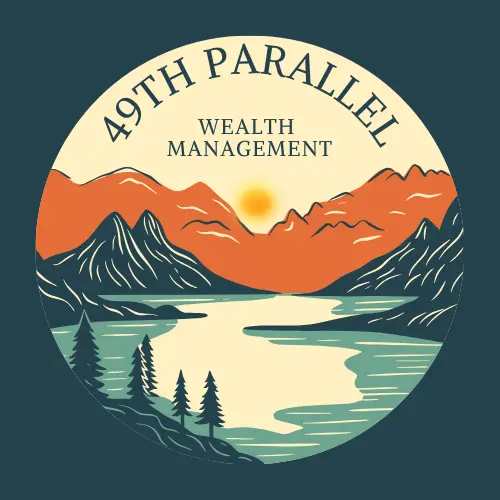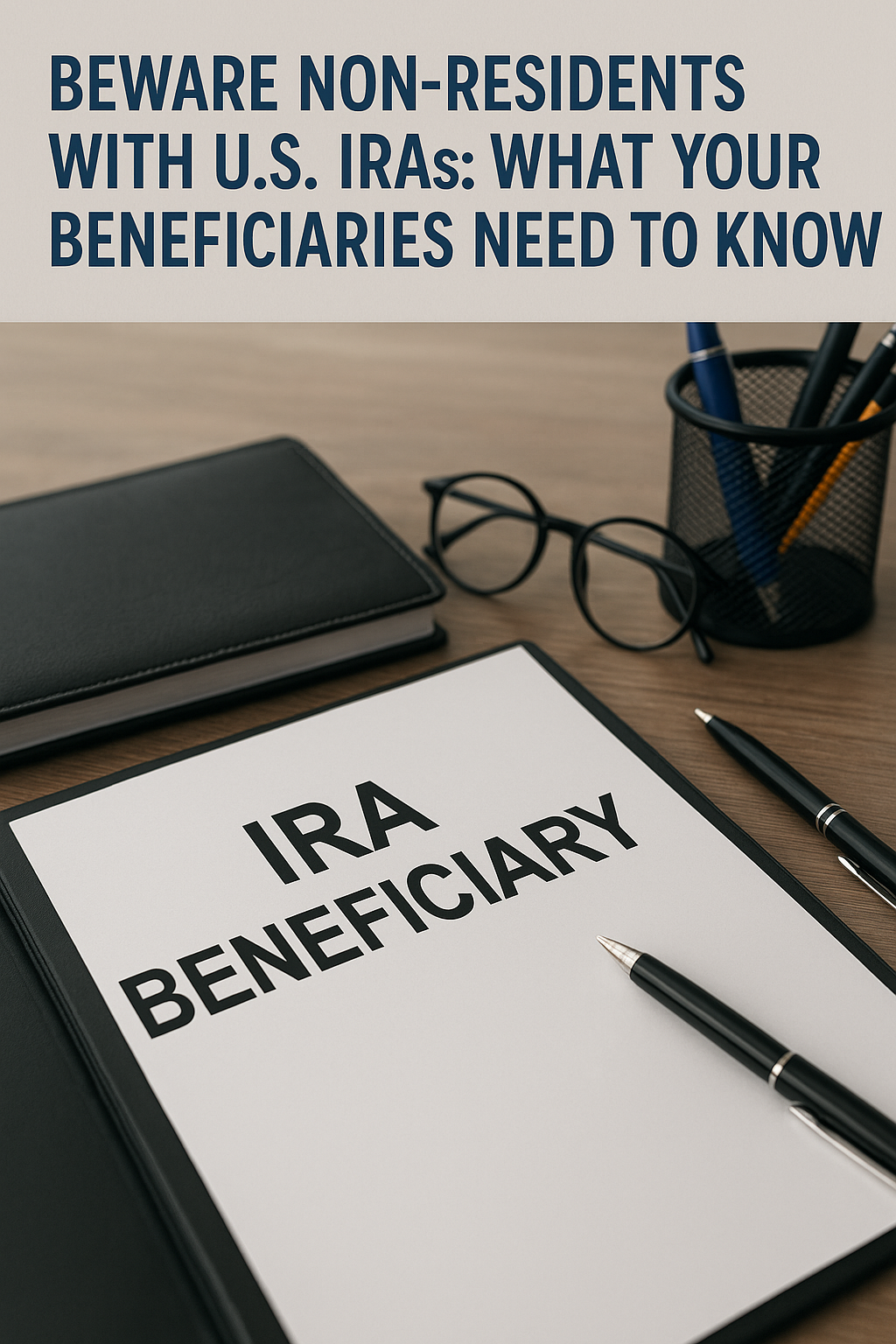 alt="" class="wp-image-1695"/>
alt="" class="wp-image-1695"/>When choosing a financial advisor, understanding how they charge for their services is key to ensuring your interests are fully aligned. One of the most client-focused fee structures in portfolio management is based on Assets Under Management (AUM). In this guide, we explain what AUM means, why the AUM fee model is highly effective, and how it benefits cross-border financial planning.
Defining Assets Under Management (AUM)
Assets Under Management (AUM) refers to the total market value of all investments managed on your behalf. Under this fee model, your advisor charges a percentage of your portfolio’s value.
This creates a powerful alignment of incentives: as your investments grow, your advisor’s fee increases; if your portfolio declines, their earnings decrease as well.
Why Is the A.U.M Model Client-Aligned?
The AUM fee model directly ties your advisor’s success to your own. This alignment ensures that your advisor is motivated to grow your wealth and manage risk effectively. Unlike other fee structures, AUM provides ongoing management and incentivizes long-term strategies for portfolio growth.
Here’s how it compares to other models:
Flat Fee Structure
In a flat fee structure, the advisor charges the same amount regardless of your portfolio’s performance. This means that even if your portfolio value decreases, you’re still paying the same amount. Additionally, if you make large distributions—like withdrawing money for major expenses—you’ll still pay the same fee even though the advisor is managing less money.
Commission-Based Structure
 alt="" class="wp-image-1696"/>
alt="" class="wp-image-1696"/>Commission-based fees are often the least aligned with your best interests. In this model, advisors earn money by selling you investment products or funds. This can result in a transactional relationship where the advisor’s focus is on selling rather than managing your portfolio. You may not hear from them again until it’s time for another sale, leaving little room for ongoing service or personalized advice.
Comparing Fee Structures
Understanding the differences between fee models can help you make an informed decision:
- Flat Fee:
A flat fee remains constant regardless of your portfolio’s performance. This means you pay the same fee even if your assets decline, potentially reducing the advisor’s incentive to actively manage your investments. - Commission-Based:
In a commission-based model, advisors earn money from selling specific investment products. This can lead to a transactional relationship, where the focus is on making sales rather than providing ongoing, personalized advice. - Fee-Based (Combination):
Some advisors combine AUM fees with commissions. This “double-dipping” may create conflicts of interest, as it can encourage advisors to prioritize products that yield higher commissions over those that best serve your portfolio.
Eliminating Conflicts of Interest
The key to building a trusted relationship with your financial advisor is minimizing conflicts of interest. The best way to achieve this is by working with an advisor who is:
- Fee-Only: They earn money solely through A,U.M fees and do not receive commissions from selling products.
- Qualifications: Look for designations like Chartered Financial Analyst (CFA) or Certified Financial Planner (CFP®), which signal a high level of expertise and ethical standards.
- Fiduciary: A fiduciary is legally obligated to act in your best interest. However, be cautious—many commission-based and fee-based advisors use the term “fiduciary” loosely. Verify their actual practices to ensure they prioritize your needs.
The AUM Advantage for Cross-Border Clients
 alt="" class="wp-image-1697"/>
alt="" class="wp-image-1697"/>For clients navigating the complexities of cross-border financial planning—especially between Canada and the United States—the AUM fee model offers additional benefits:
Fiduciary Responsibility
A fee-only AUM model ensures that your advisor acts as a fiduciary—always prioritizing your financial well-being without the distraction of commissions.
Cross-Border Alignment
When your advisor’s compensation is linked to the overall growth of your portfolio, their focus remains on optimizing returns, even as you manage diverse assets and deal with currency exchange risks.
Long-Term Commitment
An AUM fee structure reinforces a long-term, collaborative relationship. This is particularly important for those planning for retirement and wealth preservation across different regulatory environments.
Cross-Border Expertise
If you’re planning on crossing the 49th parallel, working with the right advisor is essential. At 49th Parallel Wealth Management, we specialize in cross-border retirement planning and are committed to aligning our interests with yours. Let us help you grow and protect your wealth.
Reach out today to learn more about how we can guide you on your financial journey. From the Desert to the Tundra, we are your cross-border retirement experts!
Ready to Grow Your Wealth?
At 49th Parallel Wealth Management, our expertise in cross-border financial planning means that every AUM-based fee we charge is designed to align our success with yours. Our tailored strategies ensure that your investments are managed with a focus on long-term growth, risk mitigation, and tax optimization.
Contact us today to learn more about how our AUM fee model and personalized financial planning can help secure your future—whether you’re planning for retirement, managing investments, or navigating the complexities of cross-border wealth management.




